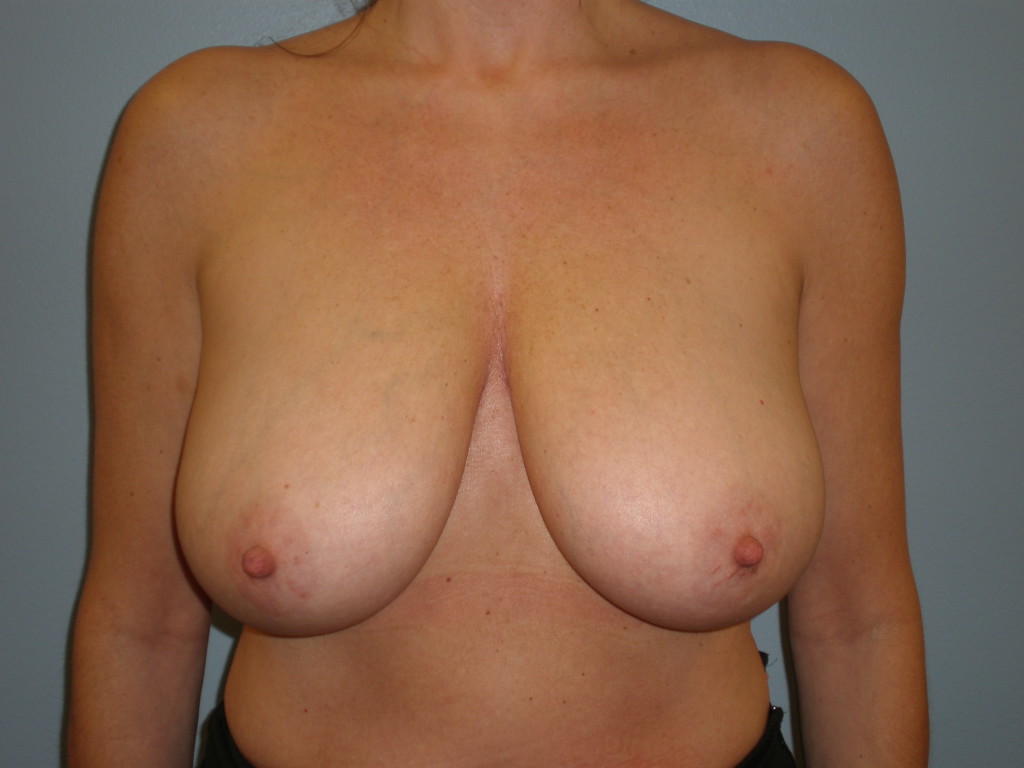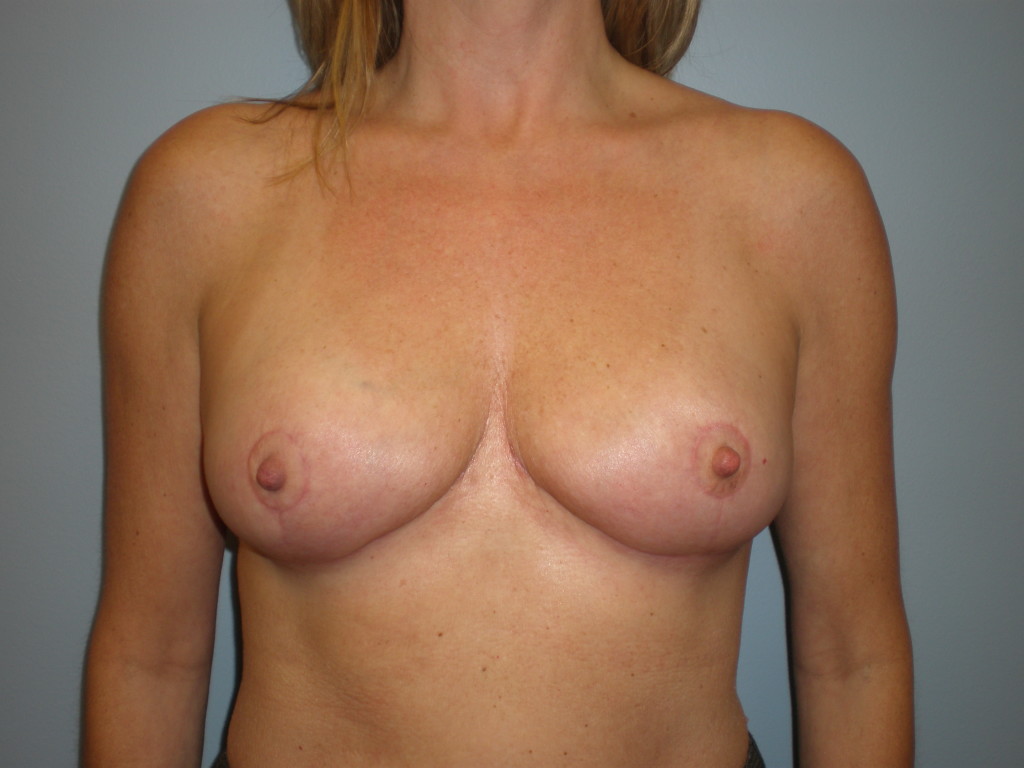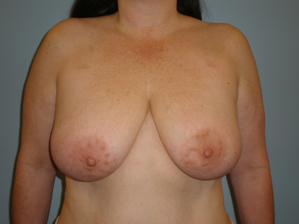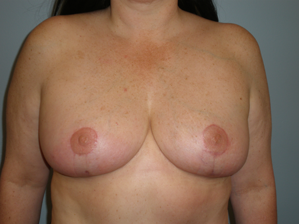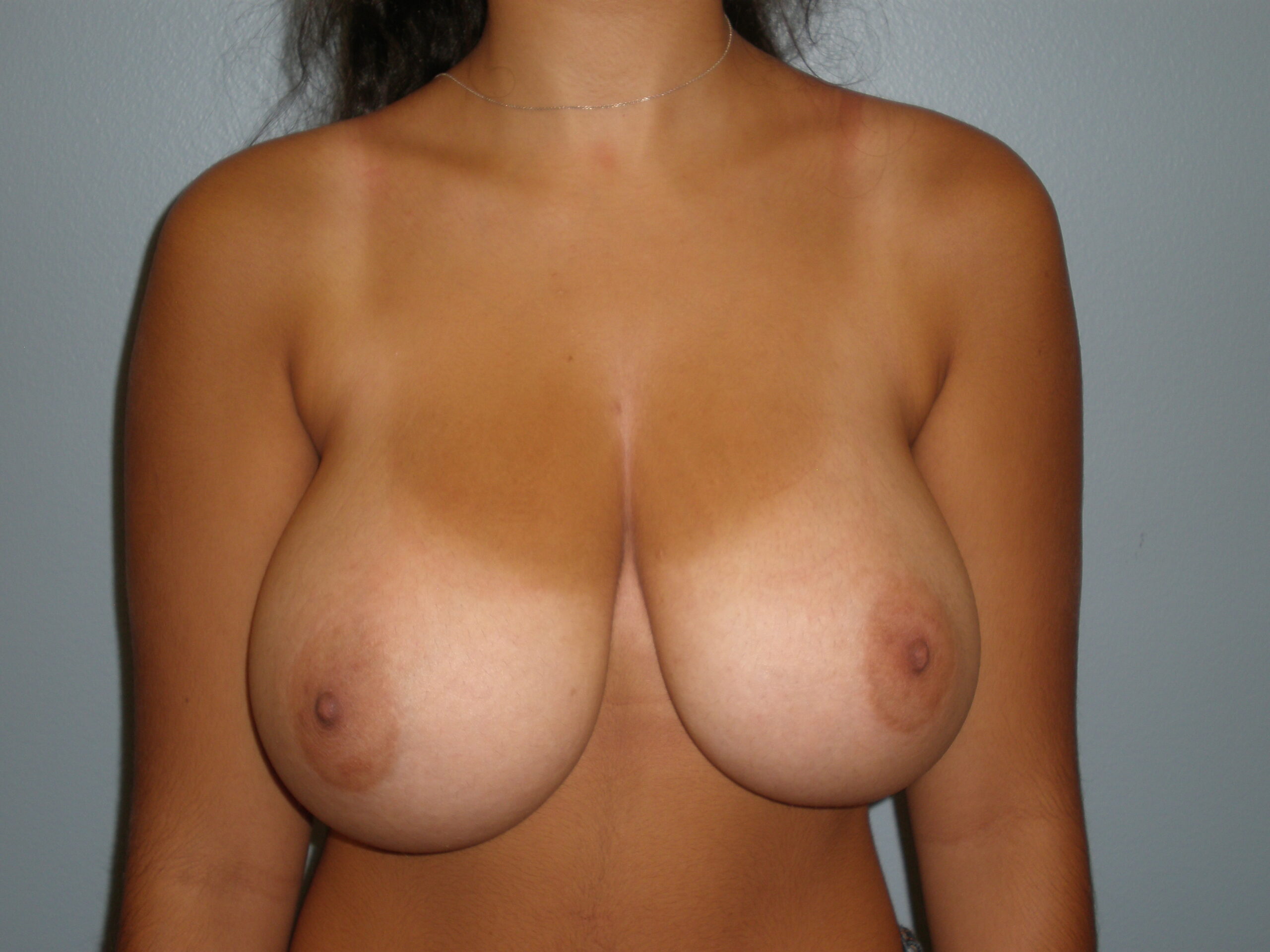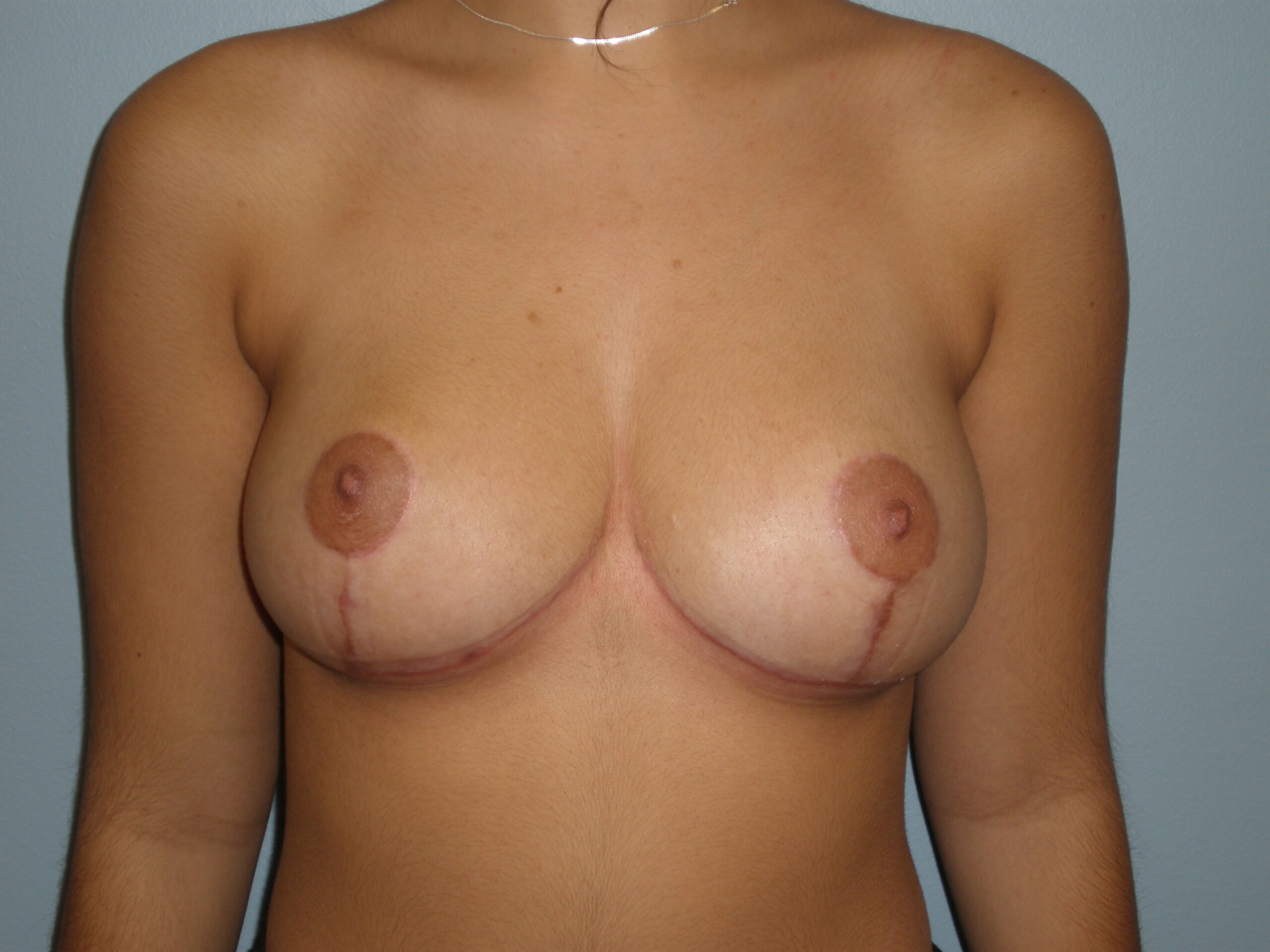Quick Links

What is a Breast Reduction?
Breast reduction surgery, also known as reduction mammoplasty, is done to remove excess fat, tissue, and skin on the breast for a more proportionate figure. This procedure can also alleviate the discomfort that overly large breasts can cause, such as back and neck pain, skin irritation, and breathing problems.
Cost of Breast Reduction
 Breast Reduction: $11,700
Breast Reduction: $11,700
This includes your surgical fee and all follow-up visits with Dr. Rocheford. This estimate also includes the facility fee and anesthesia costs. This is an estimate and may be different depending on your specific situation. It does not include the cost of your pre-operative physical, lab tests or medications. Dr. Rocheford does charge $100 for consultations, and that fee is deducted from the price of your surgery or in-office procedure.
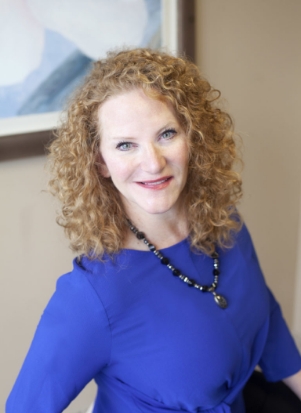
Heather Rocheford, MD
BOARD CERTIFIED PLASTIC SURGEON
There are so many fads and false promises out there. It’s almost impossible to make a confident decision without trusted advice, and that’s what I’m here for. My goal is to help you understand what is right for you – based on your unique situation.
Meet Dr. RochefordDetails of Breast Reduction Surgery
- Surgery: Surgery is done under general anesthetic at an outpatient facility or hospital. The surgery takes between 3 – 4 hours and is an outpatient or overnight stay surgery.
- Discomfort: Mild to Moderate. Anticipate 2 – 7 days of pain medication.
- Bruising and Swelling: Improves in 7 – 10 days.
- Bandages: Removed the day after surgery.
- Stitches: Internal stitches dissolve.
- Work: Wear a sports bra full time for 2 weeks and during the day for the next 4 weeks.
- Exercise: May be resumed in 2 weeks.
- Final Result: Following scar maturation, about 6 months. Results last 7 – 10 years.
Who is a Good Candidate for a Breast Reduction?
Good candidates for breast reduction surgery are healthy, non-smokers who are dealing with excessively large breasts. Also, if your large breasts are limiting your physical activity, causing neck, back, or shoulder pain, or are causing shoulder indentations from your bra straps, you may be able to benefit from this procedure. A consultation with Dr. Rocheford can allow further discussion on whether you are a good candidate for breast reduction.
The Breast Reduction Procedure
Breast reduction surgery is done under general anesthesia and takes between three and four hours to complete. The surgery begins by marking where the nipple and areolar complex should be. Dr. Rocheford uses the anchor incision pattern, which involves an incision around the areola, down to the breast crease, and along the breast crease. The nipple and areolar complex will remain attached to the breast tissue. Once the excess tissue and skin are removed, the remaining breast will be placed into the smaller skin envelope. All the incisions will be closed with dissolving sutures underneath the skin.
A breast reduction is done by first marking where the nipple and areolar complex should be. This is at the level of the crease under your breast. The anchor-type pattern is then marked. All the areas shaded in green indicate where skin and tissue will be removed to lift the breast and make it smaller. The nipple and areolar complex will remain attached to the breast tissue. Once the excess tissue and skin are removed, the remaining breast will be placed into the smaller skin envelope. All the incisions will be closed with dissolving sutures underneath the skin.
Breast Reduction Recovery
Following surgery, patients may experience mild to moderate bruising and swelling, which should resolve within a week. Any discomfort can be controlled with pain medication. Patients should wear a sports bra full-time for up to four weeks. Physical activity can be resumed after two weeks, with final results apparent at six months.
Schedule a Consultation
Women from the Twin Cities and Western Wisconsin who have a breast reduction at Dr. Heather Rocheford’s plastic surgery office often say it’s the best decision they ever made, and they wonder why they waited so long to have the procedure. You don’t have to wait any longer. Start your breast reduction process now by scheduling a consultation with Dr. Heather Rocheford at our plastic surgery offices. Call Rocheford Plastic Surgery at 651-739-1100 today to schedule your appointment.
Recent News
Do I Need a Breast Lift or a Breast Reduction?
Your breasts can play a pivotal role in how you feel about your appearance – especially once you take your…
READ MOREHealth Benefits of a Breast Reduction
When it comes to popular surgical procedures for breasts, many people immediately think of breast augmentation – the procedure that’s…
READ MOREBreast Reduction FAQ’s
What is Breast Reduction?
Also known as reduction mammaplasty, breast reduction surgery in Minneapolis-St. Paul removes excess breast fat, glandular tissue and skin to achieve a breast size in proportion with your body and to alleviate the discomfort associated with overly large breasts. Overly large breasts can cause some women to have both health and emotional problems. In addition to self-image issues, you may also experience physical pain and discomfort. The weight of excess breast tissue can impair your ability to lead an active life. The emotional discomfort and self-consciousness often associated with having large pendulous breasts is as important an issue to many women as physical discomfort and pain.
What You Should Know Before Your Breast Reduction Procedure?
The success and safety of your Minneapolis-St. Paul breast reduction procedure depends very much on your complete candidness during your consultation. You’ll be asked a number of questions about your health, desires, and lifestyle. Be prepared to discuss why you want the surgery, your expectations, and desired outcome, medical conditions, drug allergies, use of current medications, vitamins, herbal supplements, alcohol, tobacco, and drugs, previous surgeries, and family history of breast cancer.
Can breasts grow back after reduction?
Tissue removed during breast reduction surgery does not return. However, breasts may become larger due to weight gain following the procedure, proportional to the rest of the body.
Can you drink alcohol after breast reduction?
Dr. Rocheford recommends refraining from having alcoholic beverages for at least a week, and sometimes longer after breast reduction. You should not drink alcohol while you are taking any prescription pain medication or antibiotics.
Patient Resources
Whether a new or returning patient, we have plenty of resources to either help you get started or learn more about the procedure process. From patient forms to blogs, we have all the resources you’ll need to prepare yourself for your appointment.






